This article was medically reviewed by Janice Litza, MD. Dr. Litza is a board certified Family Medicine Physician in Wisconsin. She is a practicing Physician and taught as a Clinical Professor for 13 years, after receiving her MD from the University of Wisconsin-Madison School of Medicine and Public Health in 1998.
There are 11 references cited in this article, which can be found at the bottom of the page.
wikiHow marks an article as reader-approved once it receives enough positive feedback. In this case, 93% of readers who voted found the article helpful, earning it our reader-approved status.
This article has been viewed 32,532 times.
Nitric oxide (NO) is an element produced in your body that plays an important part in your cardiovascular health, and it may also measure the level of inflammation in your body. Low levels of NO may lead to high blood pressure, circulation problems, and decreased energy, but the most common reason to test is to evaluate asthma that doesn’t respond to medications. If you experience these symptoms, you can monitor your NO levels at home by using test strips that measure the NO in your saliva. If your NO levels are low, see your doctor for advice on how to raise them. In some cases, your doctor may conduct an exhaled nitric oxide test to diagnose asthma.
Steps
Using PH Test Strips
-
1Buy nitric oxide test strips. There are several brands of commercially-available test strips that measure the levels of nitric oxide found in the saliva. These levels are supposed to indicate how much circulatory nitric oxide is being produced in your body. Purchase these strips online, or at select pharmacies and health stores.[1]
- Keep in mind that test strips might not be the best indicator of what is actually occurring in your body.
-
2Place the test strip on your tongue for 5 seconds. Nitric oxide PH test strips have a saliva absorption pad on 1 end and a test pad on the other. Place the absorption pad flat on your tongue. Remove it after 5 seconds.[2]
- Don't let the test pad side of the strip touch your tongue.
Advertisement -
3Press the 2 ends of the test strip together to get a result. After removing the strip from your tongue, fold it in half. Make sure that the part that touched your tongue presses onto the test pad. Hold the end together for 5 seconds.[3]
-
4Refer to the color chart for your results. The packaging of the test strip should feature a color chart illustrating the possible range of nitric oxide levels measured by the strips. If the test pad turns a dark color, that means that you have high levels of nitric oxide in your body. If the color is light, your nitric oxide levels are somewhat depleted.[4]
- Nitric oxide levels under about 25 parts per billion in adults are considered normal.
Taking an Exhaled Nitric Oxide Test for Asthma
-
1Speak to your doctor about your breathing problems. Increased levels of nitric oxide are associated with swelling in the airways, so a pulmonary specialist may test your exhaled nitric oxide levels to check for asthma when other routine tests are not providing answers. Tell your doctor about any breathing difficulties you are having. Ask about the exhaled nitric oxide test, as it may not be available in all doctor's offices or hospitals.[5]
- Your doctor will usually make a separate appointment for your test so you can prepare for it.
- This test may be ordered if you have already been diagnosed with asthma if your doctor is testing your treatment progress or considering a new line of treatment.
-
2Avoid alcohol and tobacco for 24 hours prior to your test. There are many things that can affect nitric oxide levels in your body, even in small doses. Alcohol and tobacco should be avoided for a full 24 hours before your test. Inform your doctor if you are a regular smoker.[6]
- Long-term drinking habits can affect your nitric oxide levels significantly, so tell your doctor if you drink more than 1 drink a day, or drink more than 4-5 drinks a day at least once a month.[7]
-
3Avoid aerobic exercise for 24 hours before your test. While cardiovascular exercise is excellent for your health, it should be avoided for a full day before your test. Aerobic activity increases the levels of nitric oxide in your body, which may skew the results of your test. Skip any type of workout, including:[8]
- Jogging or running
- Bicycling
- Jumping rope
- Rollerblading
- Dancing
- Speed walking
-
4Do not get an allergy shot on the day before your test. Allergy shots work by introducing allergens into your system to help it build a resistance to them. As a result, an allergy vaccination may affect your nitric oxide levels for 24-48 hours after it is administered. To ensure accurate results, avoid scheduling an allergy shot within 1-2 days of your nitric oxide test.
-
5Don't eat or drink within an hour of your test. Consuming food or beverages right before your test can affect the levels of nitric oxide being released. Plan ahead so you can go at least an hour without eating or drinking anything prior to your test appointment. This includes drinking water, which can also skew test results.[9]
-
6Disclose any medications conditions that may affect your results. Nitric oxide levels in the body may be affected by other health issues and treatments. Disclose any prescription or over-the-counter medications that you are taking. If you are sick with the flu, allergies, or another ailment, tell your doctor to rule out any other causes of your symptoms.[10]
- Share the results of any other breathing tests you have undergone in the past.
-
7Follow the technician's instructions for breathing during the test. The exhaled nitric oxide test will last about 5 minutes. Allow the technician helping you to put clips on your nose and a mouthpiece in your mouth when you are ready to start the test. Inhale and exhale slowly until the technician or doctor tells you to stop.[11]
- You may have to repeat the test a few times to confirm the results.
- The amount of nitric oxide exhaled into the mouthpiece will be recorded for your test results.
Increasing Your Nitric Oxide Levels
-
1Get at least 30 minutes of cardiovascular exercise every day. Cardiovascular exercise prompts the production of nitric oxide in your body. Aim to do at least 30 minutes of moderate to intense cardio every day. This kind of exercise could include running, biking, swimming, rollerblading, dancing, or sped walking.[12]
- If you can't schedule 30 minute sessions of exercise every day, break up the 30 minutes into 10-15 minute blocks.
-
2Eats foods that are high in nitrogen and protein. Nitrogen produces nitric oxide when metabolized in the body, and can be found in many vegetables. Similarly, most high-protein foods contain arginine, which produces nitric oxide when broken down in the body. Each day, try to add 1-2 servings of foods like:[13]
- Kale
- Spinach
- Broccoli
- Brussel sprouts
- Beets
- Legumes
- Nuts
- Beans
- Fish (e.g. salmon)
- Meats (e.g. beef, chicken)
- Cheese
- Eggs
-
3Get at least 20 minutes of sunlight each day. Exposure to UV light prompts the body to unlock its own stores of nitric oxide. Get outside for least 20 minutes a day, during work breaks or for short walks. Wear SPF sunscreen to protect your skin from sun damage.[14]
References
- ↑ https://www.ncbi.nlm.nih.gov/pmc/articles/PMC4439285/
- ↑ https://www.ncbi.nlm.nih.gov/pmc/articles/PMC4439285/
- ↑ https://www.sciencedirect.com/science/article/pii/S1089860316301409
- ↑ https://www.ncbi.nlm.nih.gov/pmc/articles/PMC4439285/
- ↑ https://www.lung.org/lung-health-diseases/lung-procedures-and-tests/exhaled-nitric-oxide-test
- ↑ https://www.blf.org.uk/support-for-you/breathing-tests/exhaled-nitric-oxide-test
- ↑ https://www.sciencedaily.com/releases/2016/08/160801142051.htm
- ↑ https://www.nationaljewish.org/conditions/tests-procedures/pulmonary-physiology/pulmonary-function/nitric-oxide
- ↑ https://www.nationaljewish.org/conditions/tests-procedures/pulmonary-physiology/pulmonary-function/nitric-oxide
- ↑ https://www.nationaljewish.org/conditions/tests-procedures/pulmonary-physiology/pulmonary-function/nitric-oxide
- ↑ http://www.lung.org/lung-health-and-diseases/lung-procedures-and-tests/exhaled-nitric-oxide-test.html
- ↑ https://www.ncbi.nlm.nih.gov/pmc/articles/PMC5463976/
- ↑ https://www.cnn.com/2017/02/14/health/food-sex-performance-libido-drayer/index.html
- ↑ https://www.sciencedaily.com/releases/2014/01/140117090139.htm
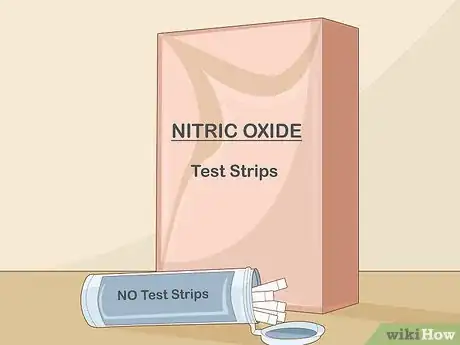
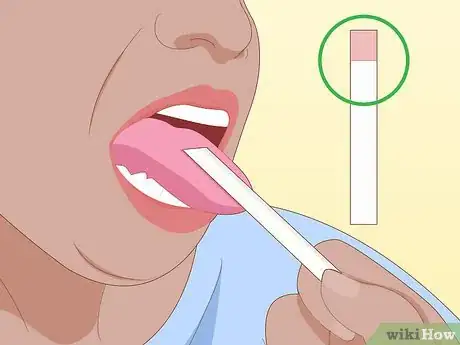
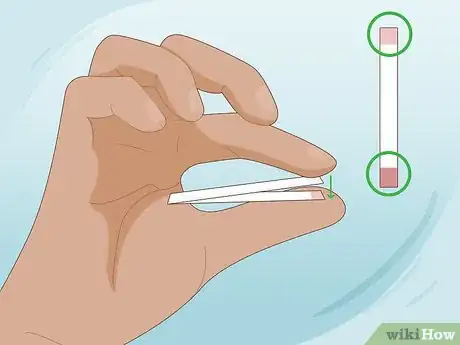


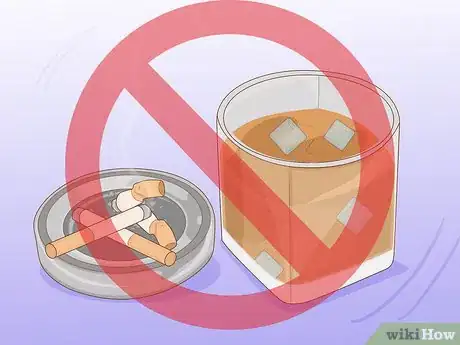

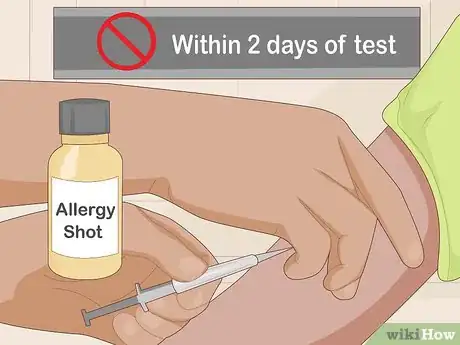

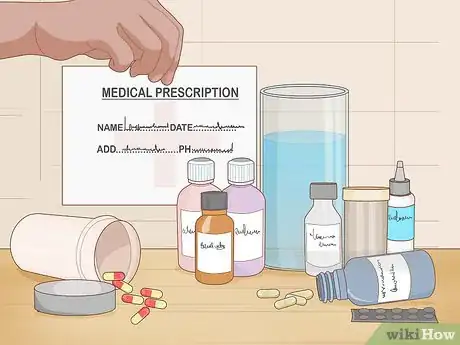
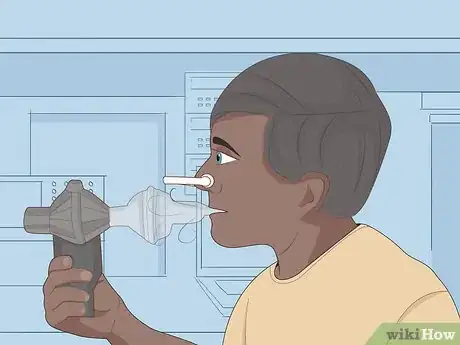

































































Medical Disclaimer
The content of this article is not intended to be a substitute for professional medical advice, examination, diagnosis, or treatment. You should always contact your doctor or other qualified healthcare professional before starting, changing, or stopping any kind of health treatment.
Read More...